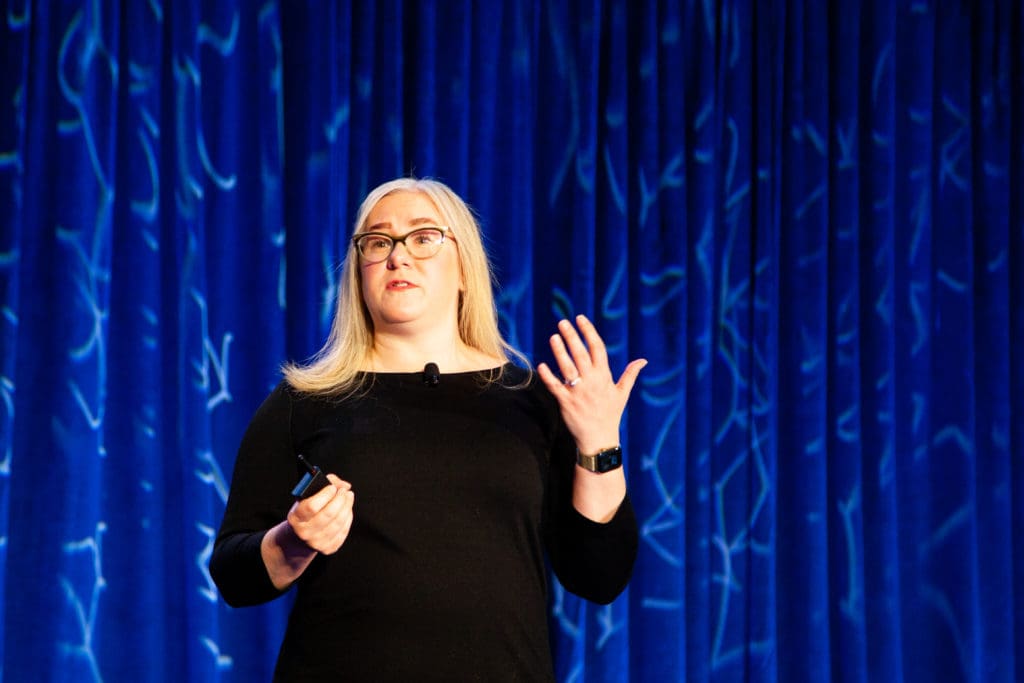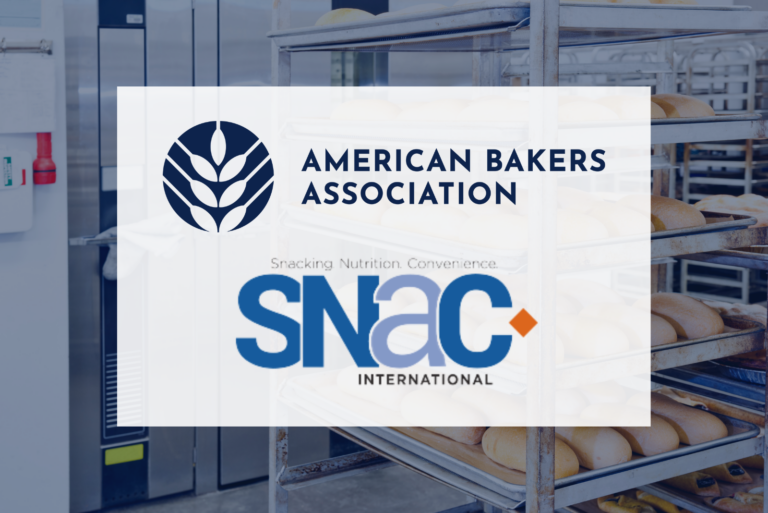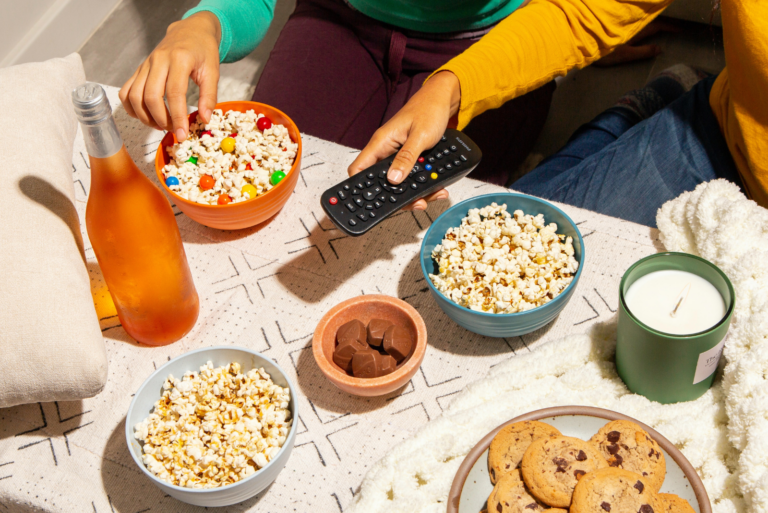PHOENIX — A lot has changed since the beginning of the decade, and snacking is no exception. Although this staple eating occasion won’t be going anywhere any time soon, it has morphed alongside all human behavior during the pandemic.
Davey McHenry, senior VP of operations for the Hartman Group, knows this firsthand. In her presentation at SNX, being held March 27-29 in Phoenix, AZ, she dove into how companies can navigate the rapid evolution of snacking, and how they can get consumers to choose them when they’re browsing the grocery aisles online or in-person.











